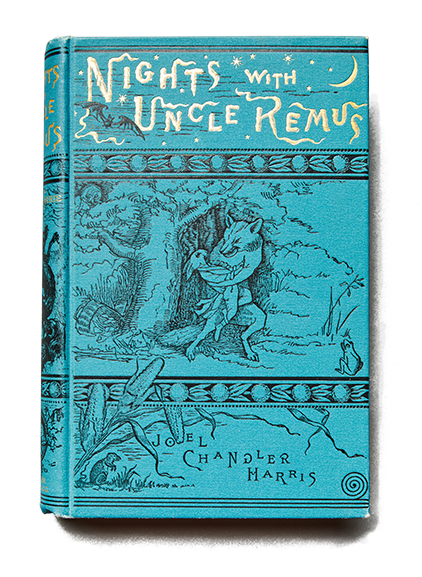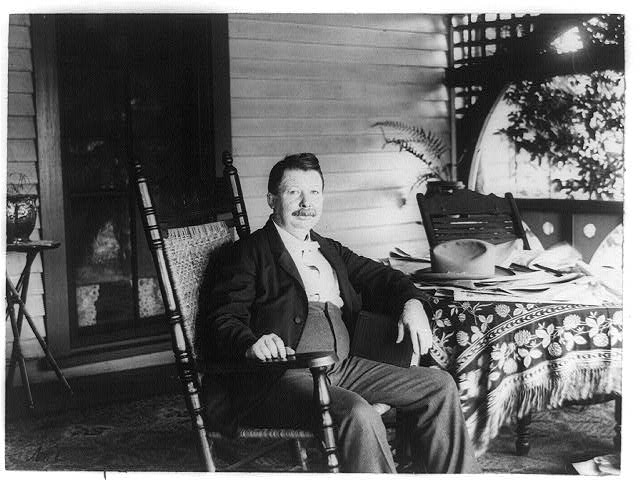Atlanta in 50 Objects
A pink pig and a renegade cow. A movie prop and a Coke bottle. A Pulitzer Prize–winning book and a Nobel Prize–winning icon.
How do you tell the story of Atlanta in 50 objects? We decided the best experts were Atlantans themselves—residents who cheer the Braves and rue I–285 rush-hour traffic, who understand how Civil War losses and Civil Rights victories together helped forge the city’s unique identity. Atlanta History Center asked the public to submit what objects they think best represent their town. The parameters were broad: an object could also be a person, a place, an institution, or an idea. After receiving hundreds of submissions, History Center staff assembled a collection of fifty pieces that represent the themes identified by the public. In addition to items from our own collections, we have partnered with many local institutions and individuals to gather artifacts from around the city to tell this community–driven story.


Joel Chandler Harris.
Joel Chandler Harris gained international prominence for his volumes of Uncle Remus folktales.
In 1862, Harris was hired at age sixteen to lay typeface on the printing press of Joseph Turner, the owner of 1,000-acre Turnwold Plantation in Eatonton. Harris remembered listening to traditional African stories at Turnwold as told by enslaved workers, called Uncle George Terrell, Old Harbert, and Aunt Crissy. These persons became models for Harris’ characters Uncle Remus, Aunt Tempy, and other figures in the tales Harris began adapting and writing a decade later.
In September 1876, the Atlanta Constitution hired Harris whose stories they had already been reprinting; he later served as associate editor of the newspaper. In 1880, Uncle Remus, His Songs and His Sayings: The Folklore of the Old Plantation was published. Within four months it sold 10,000 copies and was quickly reprinted. Harris eventually adapted 185 African folklore tales.
Today, folklorists praise his work in popularizing and preserving black storytelling traditions. Harris’ work, however, remains controversial due to his use of Negro dialect, racist stereotypes, and the stories’ setting on an Old South plantation.

Joel Chandler Harris on the porch of his Atlanta home, the Wren’s Nest, 1905. Kenan Research Center at Atlanta History Center